Hands-On: HTC One for Windows Phone
Aug 19, 2014, 9:45 AM by Eric M. Zeman
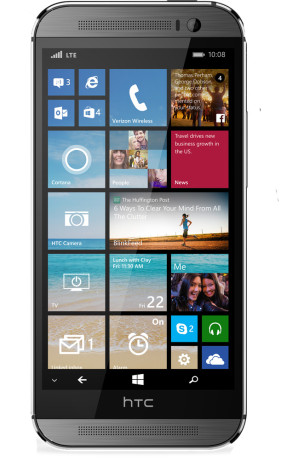
HTC gives Windows Phone fans what they've always wanted: A premium device with Microsoft's operating system. Here are our initial thoughts on HTC's latest device.
HTC today showed off the One for Windows Phone, a Microsoft-focused version of its flagship smartphone. The device uses the same name - the One - as the Android version, but adds "for Windows Phone" for an extended and annoying moniker. It uses the exact same hardware as the One (M8) — every component is the same. Here are a few quick thoughts based on our initial experience with this Windows Phone variant.
There's no question the One, whether it runs Windows Phone or Android, is an attractive and high-class piece of hardware. It has an aluminum exterior that wraps fully around the back of the phone and forms the side edges as well. Aside from the glass front and some narrow bands of plastic, the One is mostly metal. The metal surfaces are all brushed, providing a fine texture.
The edges are tapered and comfortable and the four corners rounded and smooth. The back panel is gently curved to allow the One for Windows Phone to sit deeper in your hand. There are no hard corners or seams. The chamfered side surfaces are angled perfectly to meet the glass. The One for Windows Phone is every bit as big as the Android version. It's not overly heavy, but it isn't light, either. Like all 5-inch phones, it may be too big for some users. Materials and build quality are top-notch.
The One for Windows Phone has HTC's BoomSound dual-speaker setup. The screen has plenty of bezel above and below, but minimal bezel along the sides. Some might say this gives the One a bit of an oblong look. The SIM card tray is located along the left edge. Both the micro-USB port and 3.5 mm headphone jack are positioned on the bottom edge of the One. The volume toggle is on the right edge; it is a thin strip that has a reasonably good profile. Travel and feedback are decent. The memory card tray is positioned on the right edge and also requires a SIM card tool or paperclip to eject. The screen lock button is on top. It is placed in a strip of black plastic. This strip also houses the infrared transceiver. The button itself has a low profile. I wish it were easier to find with my finger, but travel and feedback is all right.
The battery of the One for Windows Phone is sealed inside. The aluminum back panel also forms the side edges, and it cannot be removed. The back panel houses two cameras, a dual-LED flash, the NFC radio, and microphones for recording audio. The 5-inch 1080p HD screen looks great. It is sharp, bright, and colorful. It is a Super LCD 3 panel and offers great viewing angles.
HTC showed us a nearly-final build of Windows Phone 8.1 on the One, and it ran lightning quick, as we expected. Windows Phone is fast on nearly every device we've tested, so we're not surprised the speedy processor and generous RAM of the One for Windows Phone makes quick work of Microsoft's smartphone platform.
The One for Windows Phone runs HTC's camera application, and not Microsoft's. It functions practically identically to that of the Android variant, and includes the dual-camera tools and selfie mode. HTC also created a Windows Phone version of its Blinkfeed application, which can be pinned to the Start screen as a Live Tile. You can't, however, swipe left to access it as on the Android version. HTC used Windows Phone's design language to customize Blinkfeed and it ran well on the One. Other apps that HTC ported from its Android devices include SenseTV, BoomSound audio tweaking, Video Highlights, and support for the Dot View Case.
As far as the cool HTC motion gestures are concerned, the One for Windows Phone loses the right-swipe to see recent apps and tilt+volume rocker to launch the camera. (It's worth noting the One for Windows Phone foes not have a dedicated camera button, which most Windows Phones do per Microsoft's requirements.) The rest of the motion gestures are carried over, such as double-tap to wake, and swipe up/down to answer/reject calls, and others.
The HTC One for Windows Phone goes on sale August 20. Verizon Wireless is asking for $99 with a contract (limited launch promo) or $30 per month with Verizon Edge.
Comments
(continues)


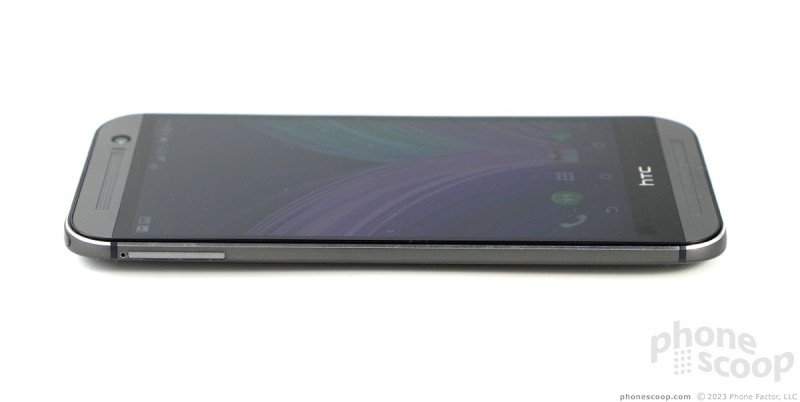












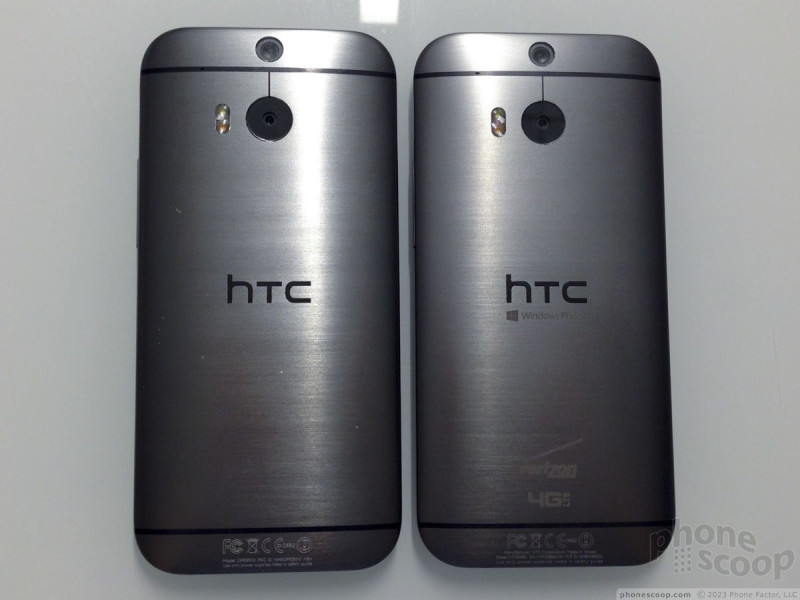




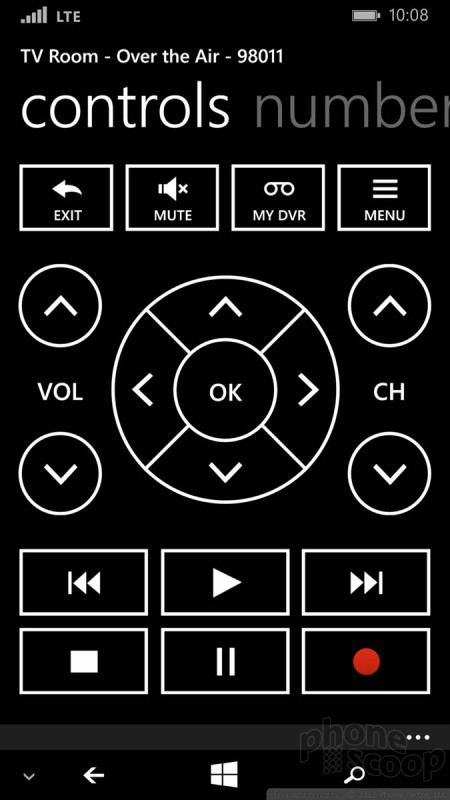








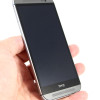 Review: HTC One for Windows
Review: HTC One for Windows
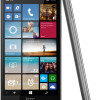 HTC's One for Windows Also Hits AT&T Nov. 7
HTC's One for Windows Also Hits AT&T Nov. 7
 HTC One (M8) for Windows (CDMA)
HTC One (M8) for Windows (CDMA)
 HTC One (M8) for Windows (GSM)
HTC One (M8) for Windows (GSM)




